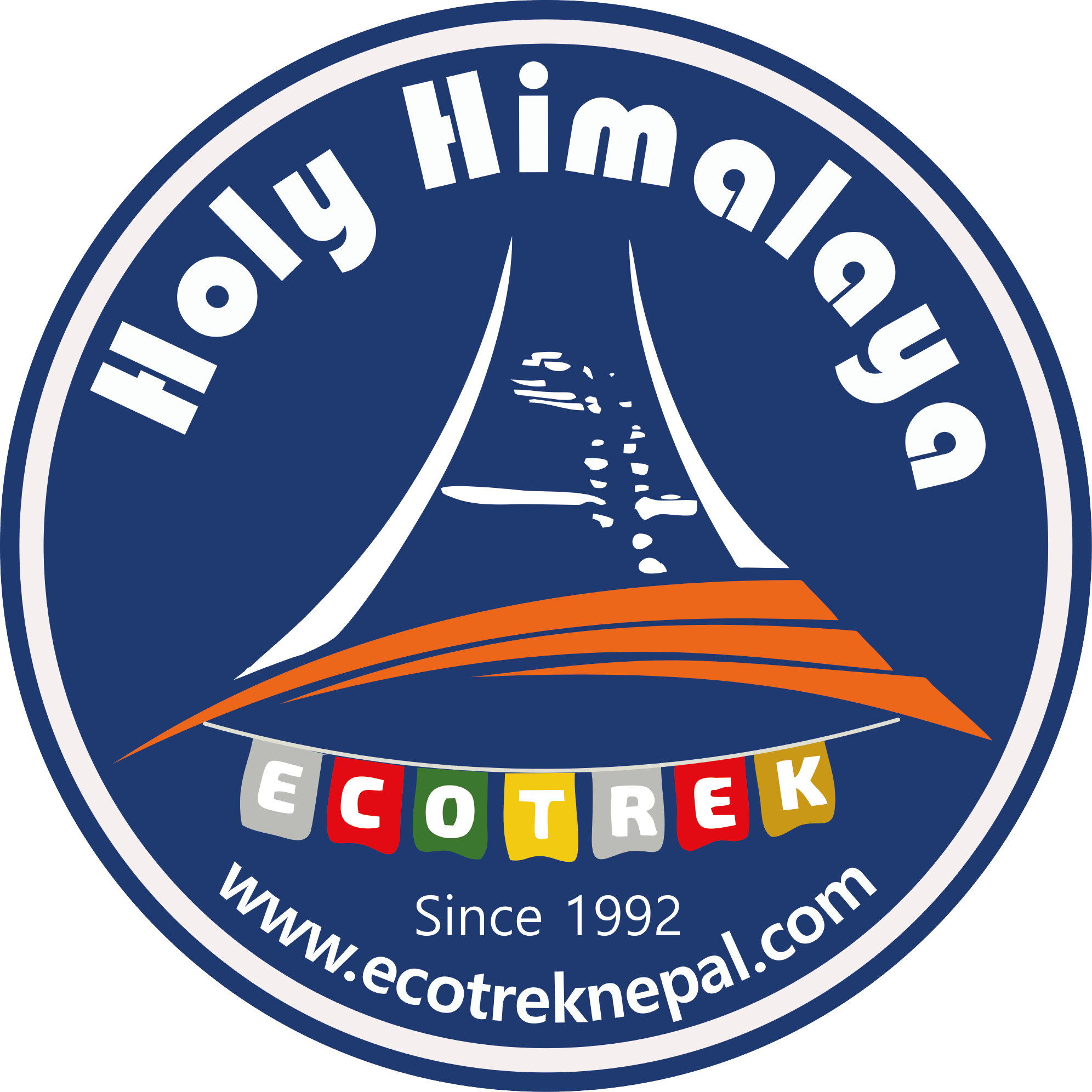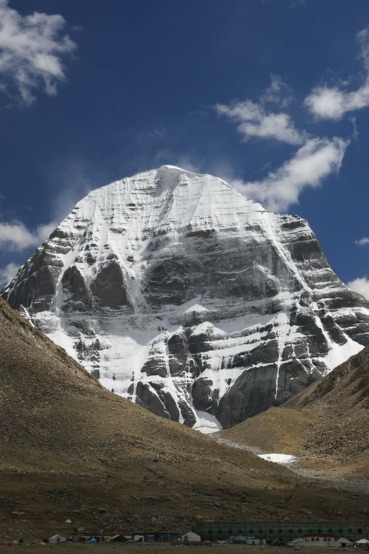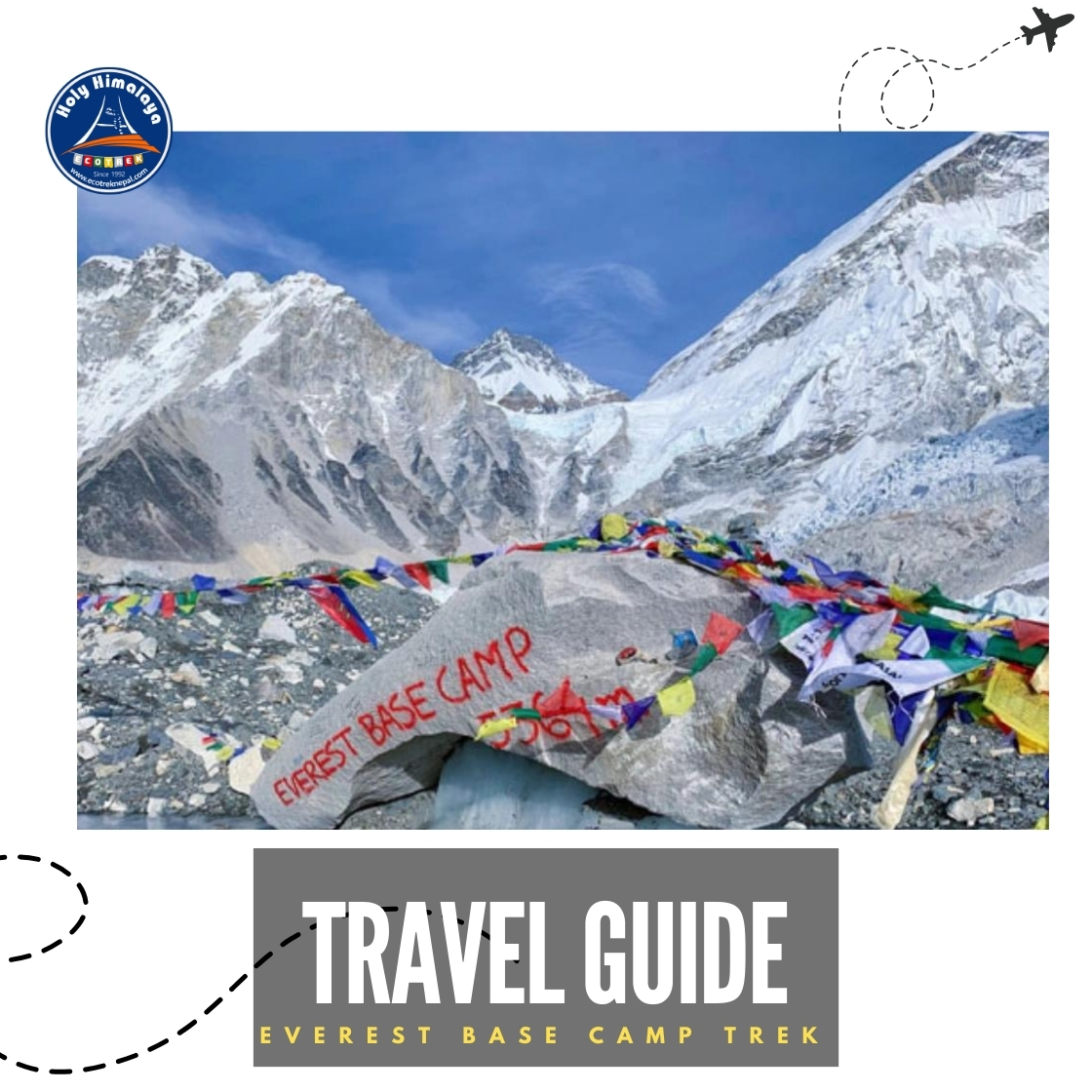Are you running out of time to see natural wonders in Nepal and desire to experience its green hills, majestic mountains, bustling cities, and peaceful villages with minimum effort? If that is so, then the Mardi Himal Trek is an ideal option.
Mardi Himal Trek takes you to the base of the towering Mardi Himal, at an altitude of 5,587 meters in the Annapurna Sanctuary. It's one of the most popular and beautiful treks to undertake in Nepal, for which you will walk 3 to 5 days.
On this trek, you travel through the various Nepalese landscapes—from colorful rhododendron forests to the base of snow-capped peaks. In this Mardi Himal Trek, you see a complete display of the natural beauty and rich culture of Nepal.
During the trekking, you can see three above-8000-meter Himalayan giants: Annapurna I at 8091 m, Dhaulagiri at 8167 m, and Manaslu at 8163 m.
The trail winds through serene rhododendron forests, adding a new dimension to trekking. The narrow pathways and green forests, together with the wildflowers that color the landscape, make Mardi Himal Trek a quiet gem among famous routes in Annapurna.

The trail starts from and goes via bamboo and pine-forested ridges and dense forests of rhododendrons, birch, and magnolia with glimpses of the high Himalayas. The Mardi River swaths around every peak in its valley and then escapes onto the high ridge that plunges from Machhapuchhre, or "Fishtail Peak.".
The trek begins with a hike through the foothills of the Annapurna region into dense, lichen-covered forests, continuing through to alpine meadows, which are host to undisturbed wildlife and breathtaking views of the high Himalayas. Along the way, picturesque, stone-built villages and terraced fields with streams and waterfalls dot this enchanting environment.
The Mardi Himal Trek is not only a visual delight but also a page from the rich cultural history of Nepal. This rugged landscape will take one through some of the most spectacular scenery in the world. Properly planned and guided, the Mardi Himal Trek holds all the promises of a truly unforgettable adventure.

Trip Information
Best Season
While one can complete the Mardi Himal Trek at any time of the year, spring, starting from mid-February to May, and autumn, starting from September to mid-December, are the two best seasons for trekking.
During spring, the skies are clear; thus, it has good views of the mountains, and the trails become really colorful since the rhododendron flowers bloom, though temperatures fluctuate between 10°C and 20°C in the lower altitudes—though higher areas are much colder—and snow blocks the trails.
Another great season is considered autumn, joined with light rains that clean the skies and show an outstanding mountain view. During this time, the weather is mild, with a temperature usually ranging between 8 and 15 degrees, hence making it really apt for trekking.
Although summer is from June to August heavy rains and slippery trails, it also provides fewer crowds and a lush green landscape with wildflowers. Winter-December to February offers incredible snow-capped views, though cold and snow can make trekking more challenging.

Difficulty and altitude sickness
The Mardi Himal Trek is rated as moderately easy and ideal for both beginner and experienced trekkers. The trail is well-marked and doesn't require any technical ascents; hence, it can be taken up even by individuals with limited trekking experience.
Unlike the far-flung and heavy treks, Mardi Himal is a teahouse trek, meaning trekkers find basic yet comfortable facilities to stay and dine throughout their route. This convenience reduces the need to carry heavy camping gear, adding to the overall ease and enjoyment of the trek.
One challenge that many trekkers present with on this trek is altitude sickness as they rise to 4,500 meters at Mardi Himal Base Camp. Altitude sickness is common when reaching high altitudes, and symptoms may include headaches, nausea, dizziness, shortness of breath, and loss of appetite. These symptoms must never be ignored, as they may scale up to severe symptoms such as HAPE or HACE, which are both medical emergencies.
Prevention from altitude sickness can be achieved by gradual acclimatization of trekkers. This means ascending slowly and taking rest days to allow the body to adapt to the thinning air. Also, drink plenty of liquids—at least 3 to 4 liters a day.
In addition, alcohol and smoking are not advisable as they only worsen the ability of the body to acclimatize. Some trekkers also take Diamox, known generically as acetazolamide, to prevent or lessen the severity of symptoms, although this is best if one is on medical advice.
If the symptoms do not disappear or worsen further, then the only solution is a quick descent toward a low altitude. The Mardi Himal Trek is conceivable with proper preparation, awareness, and acclimatization while minimizing risks related to altitude sickness.

Accommodation
Accommodation on the Mardi Himal Trek includes basic teahouses and simple lodges, which are typical characteristics of trekking in the Annapurna region. These are scattered at every small settlement on the trail, providing trekkers with basic but comfortable lodging facilities.
Although the Mardi Himal trail is less commercialized than other treks, such as the Annapurna Base Camp or Everest Base Camp treks, these tea houses in the area uphold friendliness and warmth so that trekkers have a place of rest and rejuvenation after a day's walk.
The rooms of these service-providing houses are warm and clean but usually very basic. Most of the lodges offer twin-sharing rooms made of wooden beds and foam mattresses with blankets. However, it's highly recommended to bring your sleeping bags for warmer sleep, especially during the colder months. Although the rooms are not heated, evening layering is necessary.
Basic lodges may have limited electricity, but charging electronic devices often comes at a small fee.
The available accommodations have shared washrooms, and the facilities are standard with squat toilets of the Eastern style, although some of them may have Western-style toilets. Hot showers are provided—usually solar-powered—at an extra cost.
Remember that these tea houses are remote, and water is limited, so use it frugally. Trekkers should bring their own toilet paper and personal hygiene products since it is quite uncommon to find them provided.
Despite its simplicity, staying in these lodges lets trekkers make up for lost time with the regional hospitality and charm and nature's surroundings, which is simply awesome. Comfort and rustic adventure are offered equally, making it a more comprehensive experience on the trek.

Foods and Drinks
On the Mardi Himal Trek, trekkers have the taste of various cuisines that go well with different tastes. Meals on this trip normally are a mixture of Nepalese, Indian, Chinese, and Western food. Food is mostly prepared in tea houses, providing comforting heavy meals for trekkers to keep them going through their journey.
The breakfast options are simple yet satisfying. Most tea houses serve omelets, pancakes, oats, toast, and porridge, which are quite sufficient to begin the day with. Most of them provide freshly brewed tea or coffee, which is very warm and refreshing before taking off for the trek.
Dal bhat, a staple Nepalese food, is often available for lunch and dinner. This is rice, lentil soup, vegetables, pickles, and curry. This meal is a trekker's favorite; it is nutritious and mostly available with unlimited refills. Other common items for lunch and dinner comprise noodles, pasta, fried rice, momos, soups, and sandwiches. These meals are simple but wholesome, filling, and just what trekkers need after a day out in the mountains.
Besides, beverages on the route are no less varied: hot ones include teas, coffee, milk, and warm water, which can be found in nearly every teahouse. The refreshing drinks present a variety of sodas like Coke, Sprite, and, from time to time, some other soft bottled drinks.
The menu that exists along the trail is not that vast, but it has been designed in such a way that the trekker on the Mardi Himal Trek keeps himself well-nourished and comfortable so that he enjoys the adventure with peace of mind without thinking much about nutrition and energy levels.

Travel Permits
There are two types of permits that trekkers need to get to access the Mardi Himal Trek: the Annapurna Conservation Area Permit (ACAP) and the TIMS Card, which stands for Trekkers' Information Management System. The given two permits are compulsory because the entire route of the trek lies under the conservation area called the Annapurna Sanctuary Area.
This conservation area is allowed to be entered with the Annapurna Conservation Area Permit, which is popularly referred to as ACAP. The ACAP costs NPR 3,000, approximately USD 27 per international trekker. In this way, maintenance and preservation of the environment, wildlife, and cultural heritage within the Annapurna region are paid for.
Apart from ACAP, trekkers also have to obtain a TIMS Card. This is used for monitoring the trekkers along various routes for safety and information purposes. The cost of a TIMS Card is NPR 2,000, or about 18 USD. This card is an important document for helping authorities monitor trekking activities for the safety of trekkers in these remote areas.
You can get both permits from tourism information centers in Kathmandu and Pokhara. It's a good idea to pre-organize these permits, as access to the trekking routes will not be possible without them.
To obtain the TIMS Card, you will be required to have:
- A photocopy of your passport
- Two passport-sized photographs
- Trekking insurance details
- Emergency contact numbers both at home and in Nepal
For ACAP, you must have:
- Your passport
- Two passport-sized photos
- TIMS Card Obtained Proof
Note that the prices for these permits may vary based on your nationality. Both ACAP and TIMS Card are assurances of your adjustment to Nepal's legislation on trekking and will provide you with an opportunity to safely go on a legal trek in this really beautiful part of the Himalayas, the Mardi Himal.

Internet, Network, and Communication
Although Mardi Himal Trek is one of the newest trek routes in Nepal, basic communication services can be accessed along the trails. Mobile networks for this area are accessible at different points of the trek and provided mainly by two service providers: Nepal Telecom (NTC) and NCELL. Excellent coverages are afforded by both networks down lower on the trek, while the signal weakens or is intermittent higher up, such as in the areas around High Camp and Base Camp.
In addition to this, most of the tea houses on the way offer WiFi service, which can, of course, be handy for those trekkers who want to stay in touch and share even updates with family or friends. Access to Wi-Fi usually requires an extra cost, and the quality could vary upon location and altitude. In most parts, it can be very slow or not good enough to access the internet in isolated areas.
It is a good idea to bring along portable power banks or solar chargers, as charging electronic devices at tea houses also comes at a price. Due to the high demand for electricity in remote areas, these additional costs accrue during the whole course of the trek.

Is it a beginner-friendly trek?
Mardi Himal is an ideal trek for beginners because it is relatively easy to walk and manage, with no major difficulties. If one can walk a few hours continuously, then he/she should be able to complete this trek without any problem. The trails are well-marked, and most of the time, they pass by villages or settlements, making it quite comfortable even for first-time trekkers.
Access to tea houses and villages quite easily en route makes this trek quite easy for beginners. Food, accommodation, and help will be reachable if needed. This also does not consist of any technical climbing aspect, thus making it a great initiation in the field of trekking in Nepal.
Although it's considered to be a beginner-friendly trek, physically, it is good to get some light exercise or walks in the preceding weeks before the trek. The Mardi Himal Trek has its well-paced breathtaking views with well-established paths that make sure the adventure is accessible and rewarding for all classes of trekkers—from beginners to experienced ones—coming into the Himalayas.

Electricity and Charging Facilities
On the Mardi Himal Trek, electricity starts getting limited after a certain altitude is achieved. Though there may not be any electricity in your personal rooms at higher elevations, you can find it at the dining and common areas of the teahouses. The teahouses depend upon solar power as the main energy source at higher altitude locations due to the lack of constant electricity.
You can get electronic devices, such as cameras or phones, charged for a small fee at the many tea houses along the way. The cost depends on what you're charging and where, but ranges from about $1 to $3. As you go higher and higher, the availability of power sources narrows down more to solar, so charging facilities get fewer and further apart and slightly more costly.
Bring a portable power bank for charging purposes to avoid paying for charging services. In the far reaches of the Himalayas, the power is minimal; thus, being prepared with extra battery life ensures that during the trek, one stays connected.

What to expect from this trek?
The Mardi Himal Trek is considered easy, but it will get you prepared to walk at least 5 hours daily through hilly Nepal. The trails can be really uneven, with parts of the country paths really bumpy; hence, it takes some effort and attention.
Accommodations are basic along the trek. You stay in simple mountain houses, tea houses, or lodges. Though far from luxurious, these facilities certainly offer a warm comfort. Most toilets are of the eastern squat style, and very few will find toilet seats. It is recommended that you become familiar with this and bring your own toilet paper because it is usually not provided. Instead, there might be only a bucket of water and a jug for washing up afterwards.
Although it's a trek that takes you far away from all urban comforts, it cannot outshine the warm hospitality of the locals and the astounding natural beauty of Nepal's Himalayan landscape. Living in mountains with fewer life facilities and melodramatic views creates a unique humbling experience together that must have left an impression on all trekkers.








